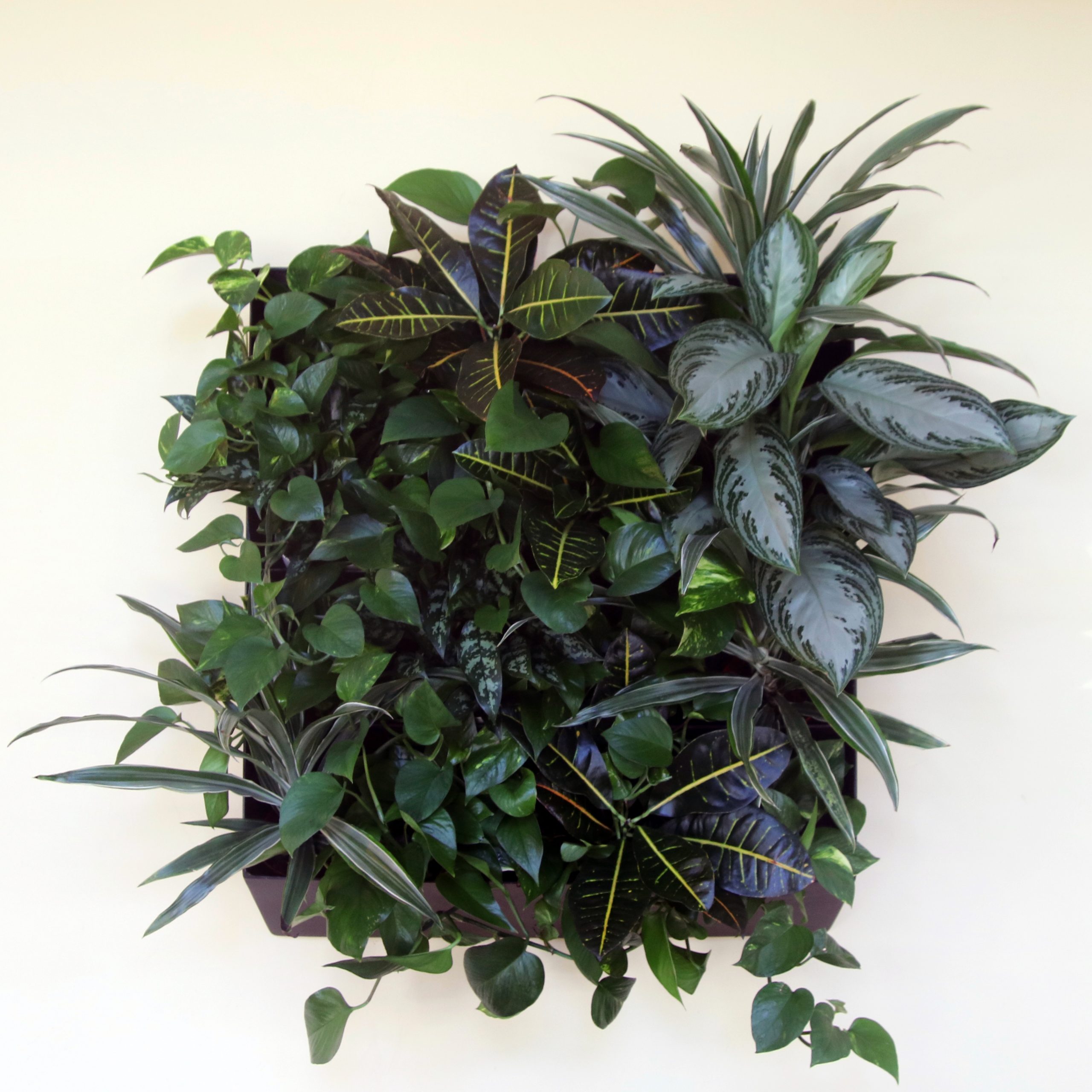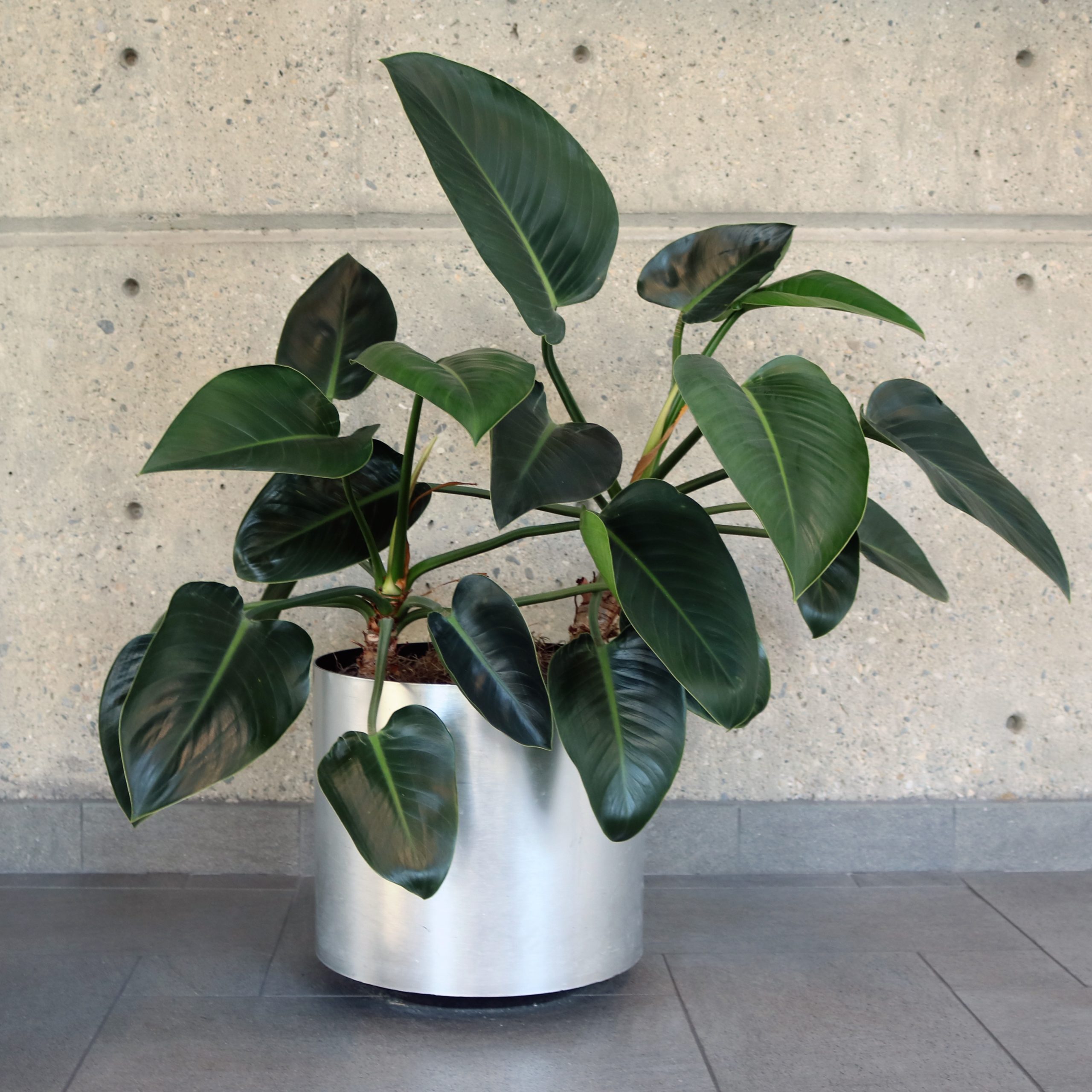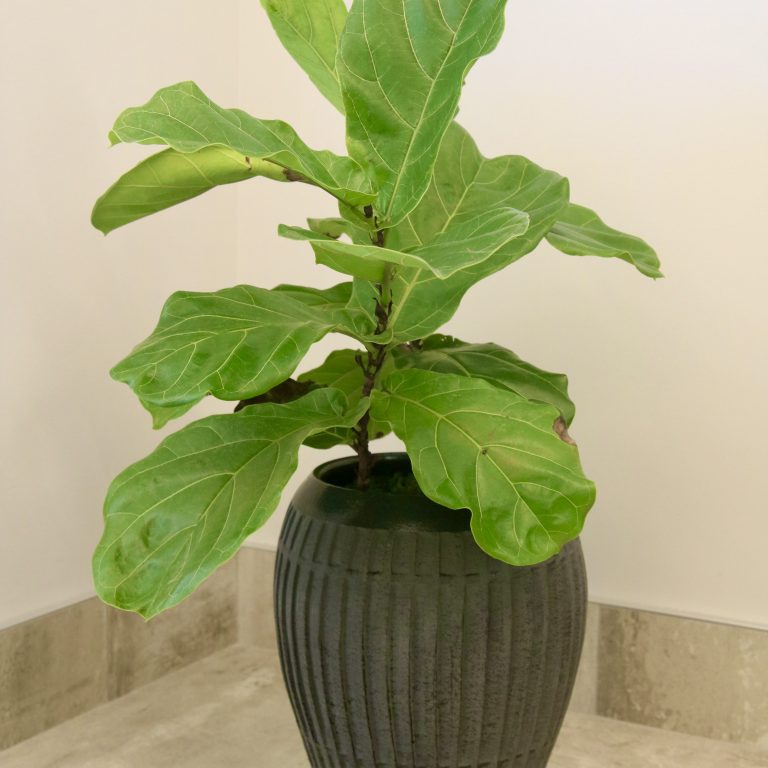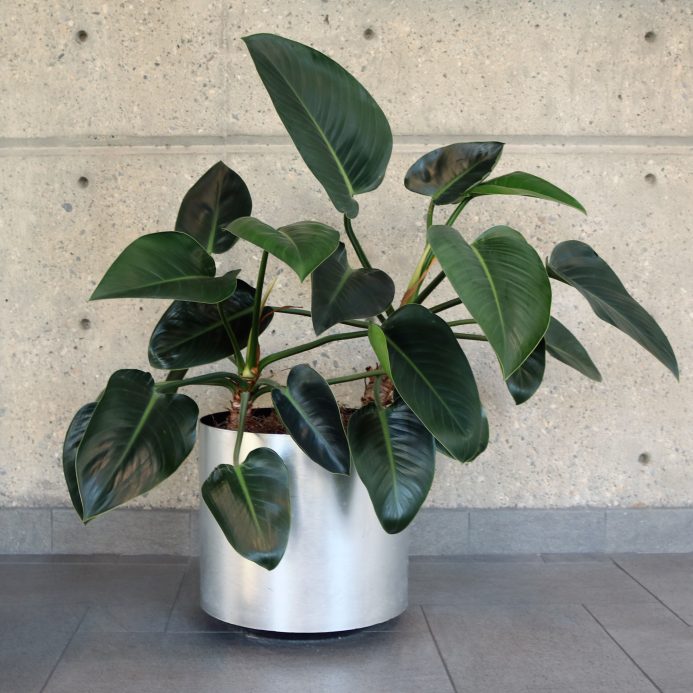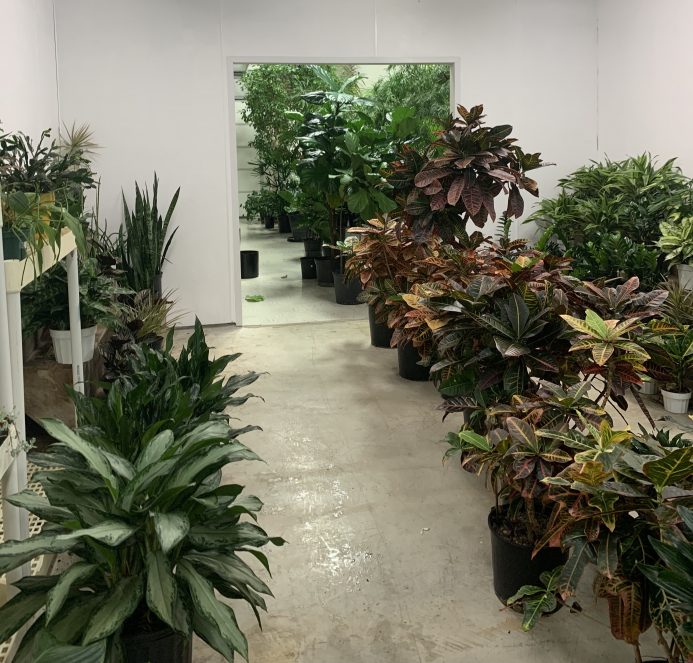Biophilic Interior Design: The Benefits of Plants in the Workspace
research: biophilia in the office
What is Biophilia and Who’s Affected?
EPA studies show indoor air pollutants can be 20 to 100 times the level of outdoor air pollution! High levels of indoor pollutants can affect every office environment.
Where Do Toxins Come From?
Newly built or recently renovated buildings are especially toxic, as paint, carpets, and furniture all exude large amounts of chemicals. So do copiers and cleaning supplies. Very high levels of these fumes can be detected for up to a year in a new building.
Tightly sealed buildings, made to be efficient at heating and cooling, can re-circulate toxic fumes. As these levels increase, the tenants experience respiratory complaints – sore throats, coughing, difficulty breathing. Headaches and more frequent colds are also reported.
How Do They Do It?
NASA researcher Dr. Wolverton conducted tests on plants in sealed chambers with a variety of common indoor pollutants. He found that in a period of hours, all the tested indoor plants dramatically reduced the levels of at least one toxin.
Further research showed that the root zone is the area where toxins are absorbed, and turned into nutrients used by the plants. Increasing the soil volume increases the plant’s rate of absorption. Plants even get more efficient at cleaning the air, rather than being harmed by the fumes.
What Pollutants?
Dr. Wolverton has tested the following major indoor pollutants:
- Trichloroethylene
- Benzene
- Formaldehyde
Most indoor plants clean the air of at least one type of toxin, although most are not able to remove high levels of all three.
For more information on the NASA clean air study please visit the NASA study at zone10.com
Biophilic Design
The Benefits of BiophiliC Interior Design
TOP 10 plants most effective in removing:
Formaldehyde, Benzene, and Carbon Monoxide from the air
- Bamboo Palm – Chamaedorea Seifritzii
- Chinese Evergreen – Aglaonema Modestum
- English Ivy Hedera Helix
- Gerbera Daisy Gerbera Jamesonii
- Janet Craig – Dracaena “Janet Craig”
- Marginata – Dracaena Marginata
- Mass cane/Corn Plant – Dracaena Massangeana
- Mother-in-Law’s Tongue Sansevieria Laurentii
- Pot Mum – Chrysantheium morifolium
- Peace Lily – Spathiphyllum
Still not convinced?
Modern biophilic design can make buildings look more welcoming
Subtle settings created by plants alleviate the harshness of a building environment. They create a warm inviting refuge.
Plants can increase tenant occupancy and retention
By maintaining healthy plants in attractively designed containers, the character and appearance of the building improve. This is how biophilia in an office design and make a difference.
Plants affect productivity and worker satisfaction
When a company provides biophilia design examples and maintains plants for its employees, a message of goodwill is sent. Workers feel management cares because plants create a tended space giving people a sense of caring and well-being. With live plants in your office employee absenteeism goes down, they and happier, healthier, more productive, and less fatigued.
Plants can increase comfort levels, create positive first impressions, reduce noise, stabilize humidity and make the environment healthier… You need plants!
For more information on the benefits of plants please visit: GreenPlantsForGreenBuildings.org.
Biophilic Design
